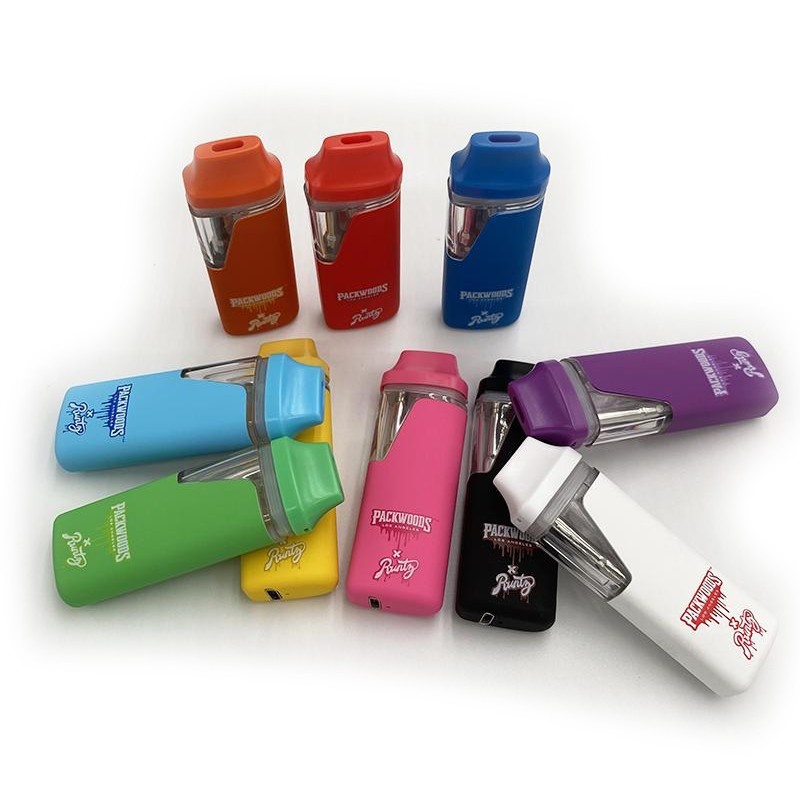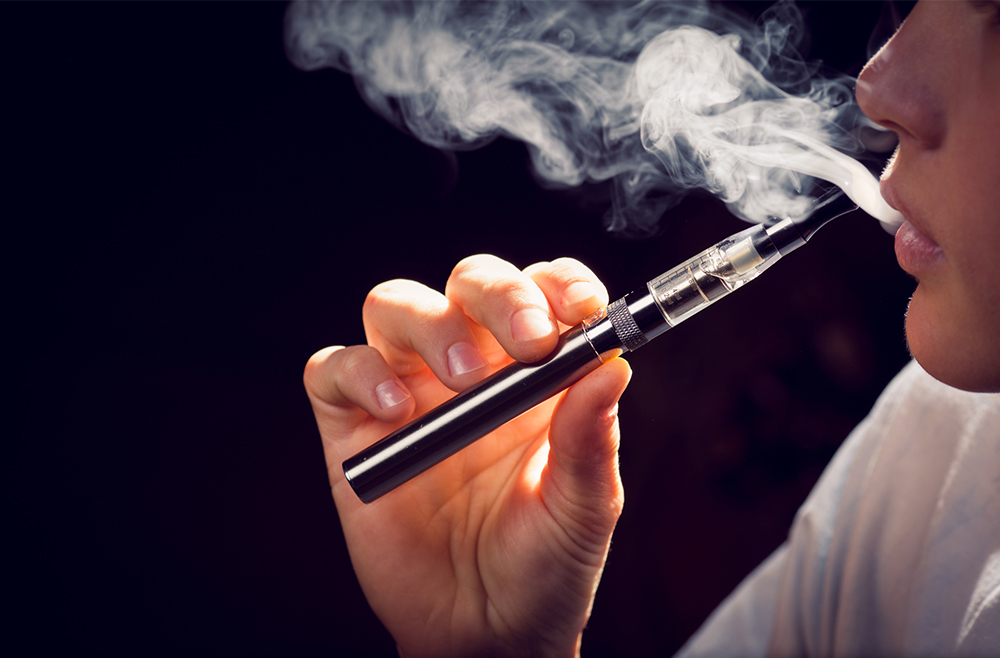Using Central Vacs efficiently and effectively involves adopting best practices that maximize cleaning performance, maintain system longevity, and promote a healthier indoor environment. Here are essential best practices for using Central Vacs:
1. Regular Maintenance
- Inspect and Clean Filters: Regularly check and clean or replace filters as recommended by the manufacturer. This ensures optimal suction power and prevents dust and allergens from recirculating into the air.
- Empty Dirt Receptacle: Regularly empty the dirt receptacle or canister to prevent clogging and maintain suction efficiency. Clean the interior with mild soap and water periodically.
- Check Hose and Attachments: Inspect hoses, wands, and attachments for any blockages, tears, or damage. Clean attachments regularly to remove debris that could affect performance.
2. Optimal Cleaning Techniques
- Start from Farthest to Nearest: Begin cleaning in the farthest area from the central unit and work your way toward it. This maximizes suction efficiency and reduces the likelihood of dragging debris across cleaned areas.
- Use Correct Attachments: Use appropriate attachments for different surfaces. Switch between floor brushes, crevice tools, and upholstery brushes as needed to achieve thorough cleaning without damaging surfaces.
- Adjust Suction Power: If your Central Vacs allows, adjust suction power based on the surface being cleaned. Lower suction for delicate fabrics and increase for high-pile carpets or heavily soiled areas.
3. Noise and Convenience
- Schedule Cleaning Times: Take advantage of the quiet operation of Central Vacs by scheduling cleaning during non-peak hours to minimize disruption to household activities.
- Store Hoses Properly: After use, store hoses neatly and avoid kinks or bends that could affect performance. Store attachments in designated holders to keep them organized and accessible.
4. Safety and Longevity
- Avoid Vacuuming Liquids: Central Vacs are designed for dry use only. Avoid vacuuming liquids or wet materials to prevent damage to the motor and internal components.
- Monitor System Performance: Regularly monitor the performance of your Central Vacs. Note any changes in suction power, unusual noises, or issues with inlet valves, and address them promptly to prevent further damage.
5. Environmental Considerations
- Ventilation: Ensure the exhaust vent of the Central Vacs is properly vented to the outside to prevent recirculation of dust and allergens into the living areas.
- Energy Efficiency: Take advantage of the energy-efficient design of Central Vacs by using them in shorter intervals or adjusting suction power as needed to conserve energy.
6. Professional Maintenance
- Annual Inspection: Consider scheduling an annual inspection and maintenance service with a professional technician. They can perform thorough checks, cleaning, and adjustments to ensure your Central Vacs operates at peak efficiency.
By following these best practices, homeowners can maximize the benefits of their Central Vacs, ensuring efficient cleaning, maintaining indoor air quality, and prolonging the lifespan of their investment. Incorporating these practices into your cleaning routine will help you enjoy a cleaner, healthier home environment with minimal effort and maximum efficiency.



